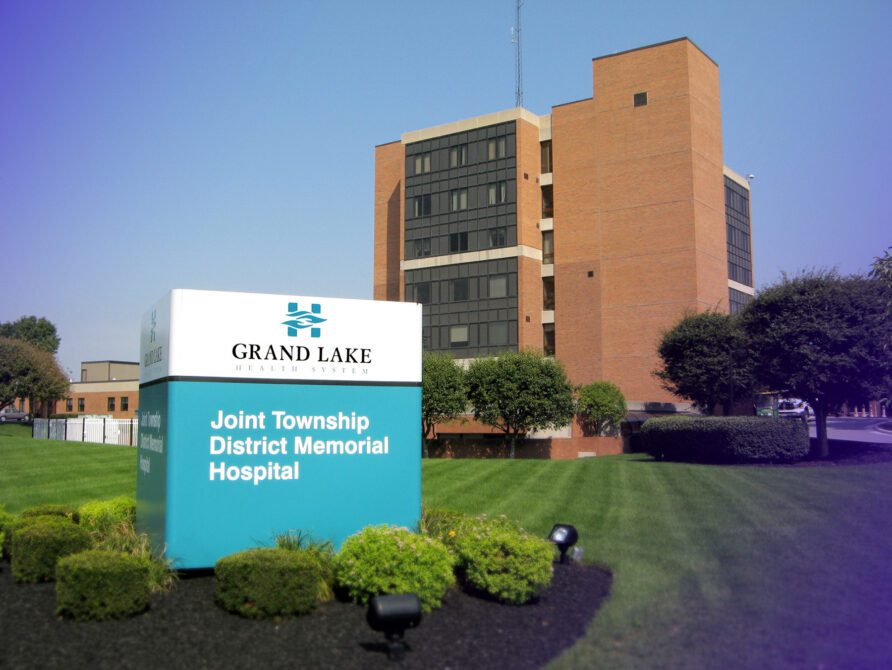Article
Five communication DOs and DON’Ts for healthcare organizations
Effective communication between patients and providers is essential to improve health outcomes and patient satisfaction. As healthcare technology continues to mature, these interactions will increasingly happen outside the exam room. Organizations must evolve their communication strategies to maintain positive relationships with patients.
Here are five communication DOs and DON’Ts to keep in mind—and keep patients engaged.
DO follow the principles of good communication
In thinking about healthcare communication, a good place to begin is to consider the tenets of any effective communication. Crafting a clear, concise and compelling message helps reduce confusion among patients and holds their attention. Transparency is also key. Sticking to these principles enables your organization to establish credibility and build trust—two important factors to encourage patients to take action and/or change their behavior.
The 1982 Tylenol crisis demonstrates some of these principles at play. After seven Chicago-area people died due to the tampering of Tylenol capsules, Johnson & Johnson recalled millions of bottles from stores and offered to replace consumers’ bottles for those with the tablet form of the painkiller. Johnson & Johnson was open and honest about the incident, which helped maintain its reputation and position in the market.
DON’T forget to identify your intended audience
There will be instances when your organization needs to communicate with your entire patient population. Throughout the pandemic, for instance, hospitals and provider practices have communicated changes to their policies around masking, visitors and other safety measures.
However, medicine is not one-size-fits-all and, as such, there will be times you need a more targeted approach so your messages resonate. You may need to segment patients by age (e.g., pediatric, adult and geriatric), or it may be more appropriate to focus on more specific populations, such as patients with diabetes or those undergoing cancer treatment.
DO think about how to deliver the message
Knowing your audience should not only factor into what message you send, but also how you send it. Over the last few years, folks in the industry have discussed strategies for the “digital front door,” or a digital entry point into an organization. In a recent webinar, Advisory Board’s John League discussed the evolution of this concept to a “digital front porch,” with the recognition that patients have many ways (and preferences) for how they access healthcare.
Depending on the message, this may mean leveraging social media, text messaging, email or your patient portal—as well as a combination of these methods. And, there may be instances when non-digital communication is more effective. Sharing messages through a community-based organization might be more valuable if your intended audience is less comfortable with navigating digital communication, for example.
DON’T neglect social determinants
Piggybacking off that last point, it is crucial for healthcare organizations to think about social determinants of health (SDOH) as part of their communication strategies. Digital-only communication runs the risk of widening existing health disparities. In the U.S. alone, as many as 120.4 million people may not use the internet at broadband speeds.
Additionally, provider organizations must remember patients likely have high variability in their reading comprehension and health literacy levels. Research suggests that while most healthcare materials are written at a 10th-grade reading level or higher, most adults in the U.S. read at levels below that and 20% of the population reads at or below a fifth-grade level. Screening patients for SDOH can give your organization more insight on the social factors to account for and focus on most.
DO recognize that scientific communication is challenging
Medicine is a nuanced and constantly evolving field. These qualities contribute to skepticism, creating barriers to the desired outcomes of your messages. Moreover, unqualified individuals and bad actors add noise in the form of misinformation and disinformation, especially online.
Consistently sharing accurate, actionable information gives patients a trusted source to turn to. And during the pandemic, we’ve seen just how necessary it is to fill information voids with credible voices.
Healthcare communication is not easy, but it is necessary to meet the information and health needs of your community. For additional insights, check out these helpful resources from PHRASES (Public Health Reaching Across Sectors) and Tulane University’s School of Public Health and Tropical Medicine.













